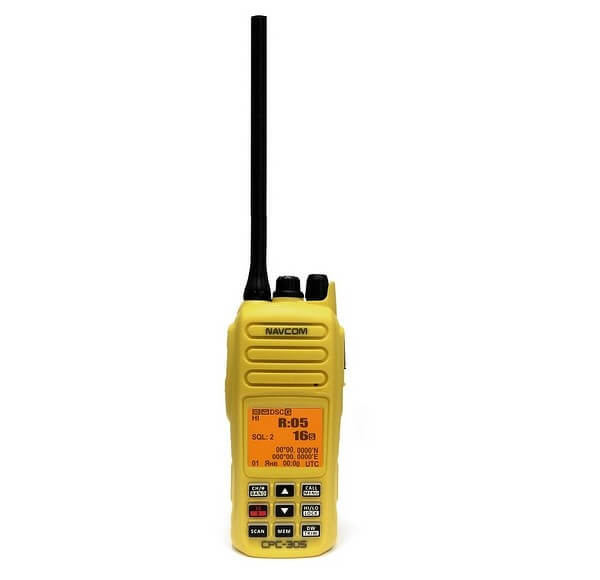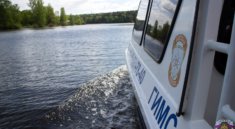NavMarine engineers have developed a unique portable non-sinking radio station NavCom SRS-305, which can operate in the river and sea bands simultaneously.
The use of the universal radio NavCom СРС-305 makes it possible to save on the purchase of two separate radios for use on internal and external water routes. The radio station has already passed the approval of the national committee of the maritime register of shipping. It fully complies with the RRR and RMRS standards, as well as the conditions of the technical regulation on the safe operation of water bodies.
Under the new safety regulations, every boat owner is required to use a radio station. Usually, while at sea, a VHF station with a frequency range for the seas is used, in inland waters - devices with a river range. For boats of the "river-sea" class, it is necessary to use mixed-type walkie-talkies, which is not always convenient and financially profitable.

The new dual-band mobile radio NavCom SRS-305 is a universal device that is designed to provide radio communication between boats that go to the sea or inland waters. The peculiarities of the device is that the operator has the ability to almost lightning-fast switch between bands, as well as listen to both in parallel.
When hit in water, the device remains on its surface. Due to the built-in GLONASS / GPS GNSS receiver, it sends SOS signals and location coordinates. The degree of moisture protection NavCom SRS-305 - IP67. The radio remains operational not only after contact with water, but also after a fall from a height of 20 m.
The scope of the NavCom CPC-305 station is quite extensive. It is suitable for use when fishing, sailing on yachts and boats, etc. The device can be used in mobile teams whose mission is to move in boats between objects. In this case, the helmsman on the ship can receive accurate data on the location of each VHF station.




